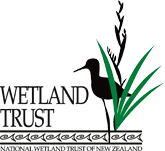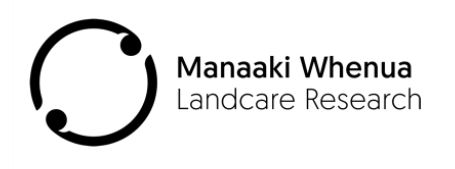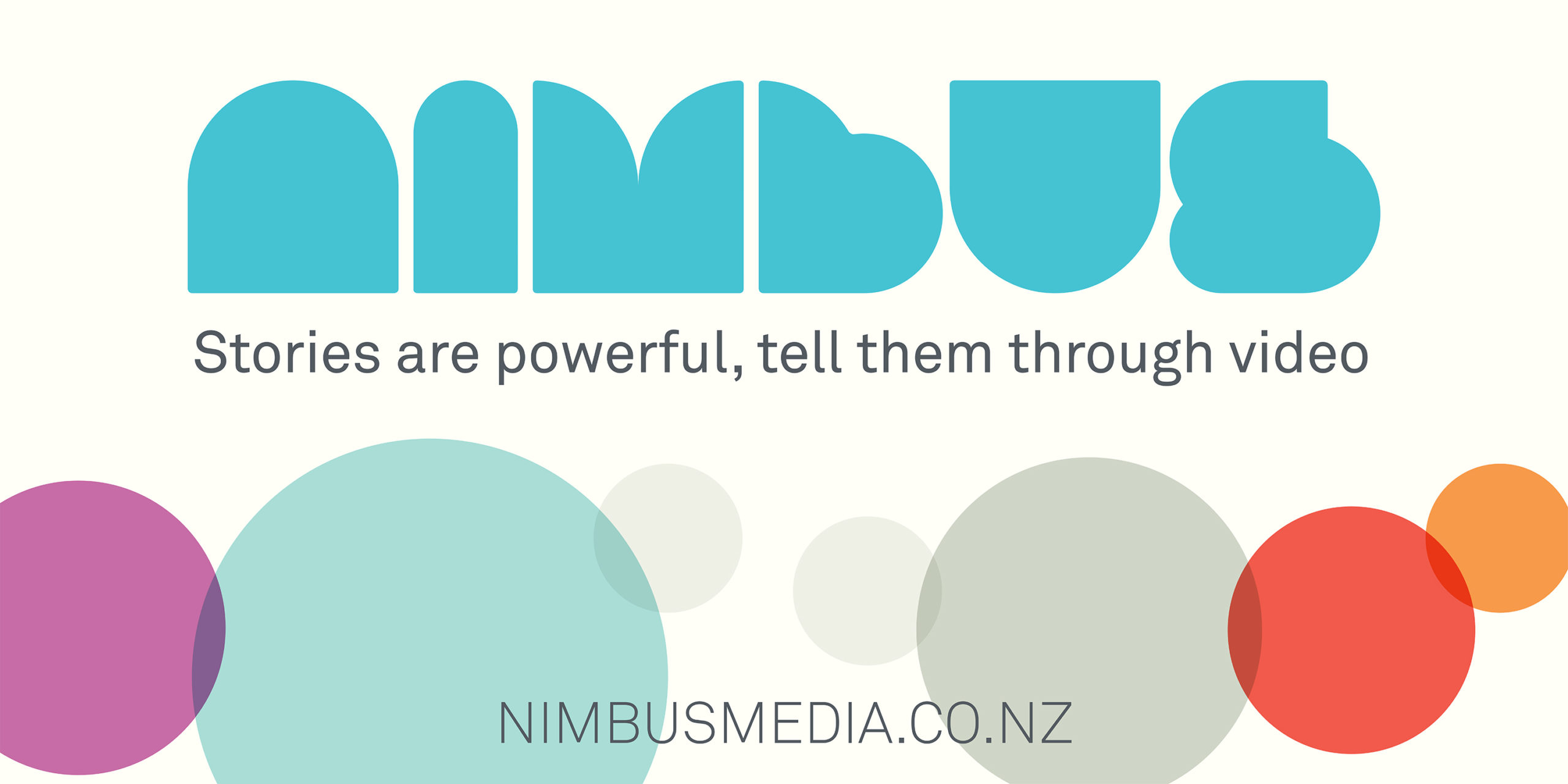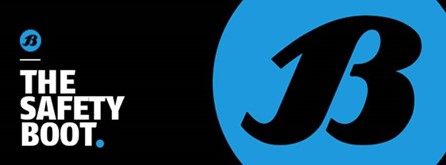Useful Links
International Organisations/Agencies
World Wetland Network is a global network of Civil Society Groups & NGOs working on wetland conservation. They help NGOs to maintain contact with each other at and between Ramsar meetings, and with information exchange, sharing of best practice and lobbying on specific wetland issues. The National Wetland Trust is the WWN representative for New Zealand.
Wetland Link International (WLI) is a global network for wetland centres delivering education, communication and participation work. WLI provides support through sharing best practice, resources and uptodate information via its website and regular updates. It’s free to join to any wetland centre whether big or small.
The International Chapter of the Society of Wetland Scientists organizes symposia on international topics for annual SWS meetings, and strives to strengthen ties between SWS and other international wetland organizations.
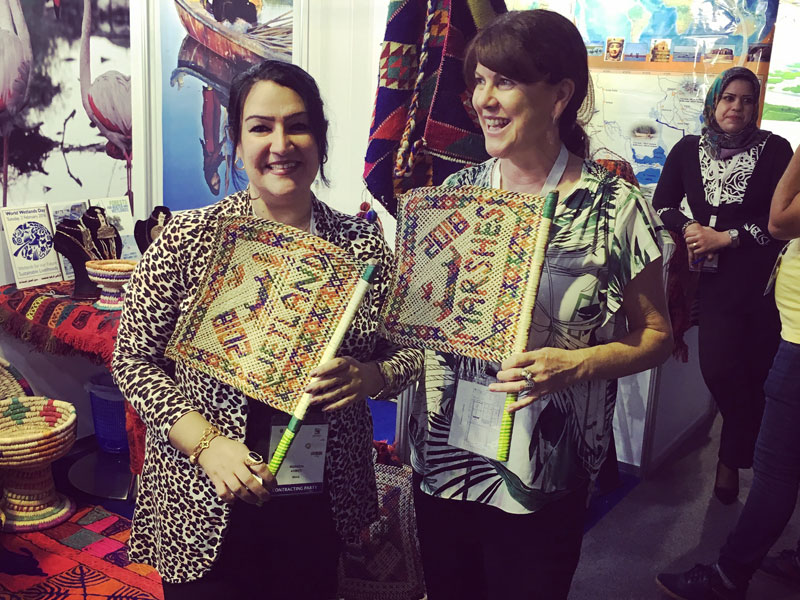
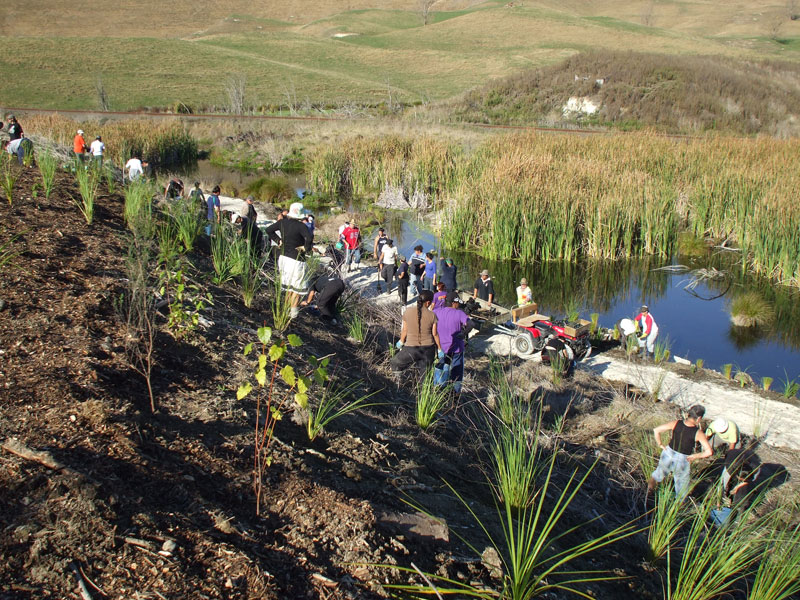
NZ Organisations/Agencies
Landcare Research Manaaki Whenua and NIWA (National Institute of Water and Atmospheric Research) are leading science and research agencies for wetlands in New Zealand.
Plants and animals
NatureWatch NZ is a one-stop shop for natural history recording and monitoring. Post your wetland flora and fauna sightings here, or find out what has been spotted in a wetland near you.
NIWA has a series of aquatic plant, fish and invertebrate identification guides and hosts New Zealand’s freshwater fish database
The New Zealand Plant Conservation Network has photos and descriptions of New Zealand’s native and introduced plants.
Struggling to identify that grass? Landcare Research has an easytouse key for grasses.
Te Ara The New Zealand Encyclopedia has descriptions of wetland types and their inhabitants.
See the NZ Landcare Trust’s Hooked on Native Fish factsheet series.
New Zealand Birds has a wealth of information on birds in NZ and audio files of their calls.
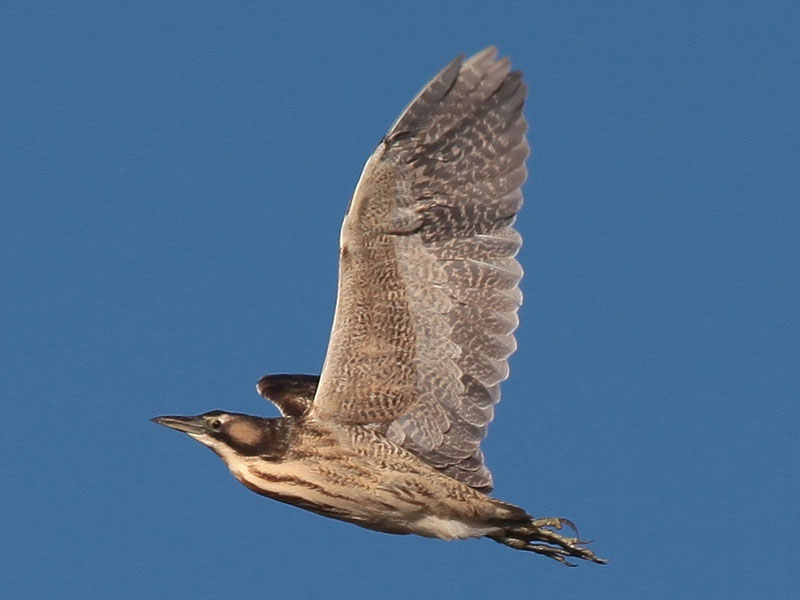
If you are interested in learning more about one of our rare and endangered wetland birds try the New Zealand brown teal recovery group website.
Weedbusters has a website with a wealth of information about weeds and how to control them.
The Global Invasive Species Database (GISD) aims to increase awareness about invasive alien species that threaten native biodiversity and to facilitate effective prevention and management activities. The site contains descriptions and control methods for invasive plants and animals.
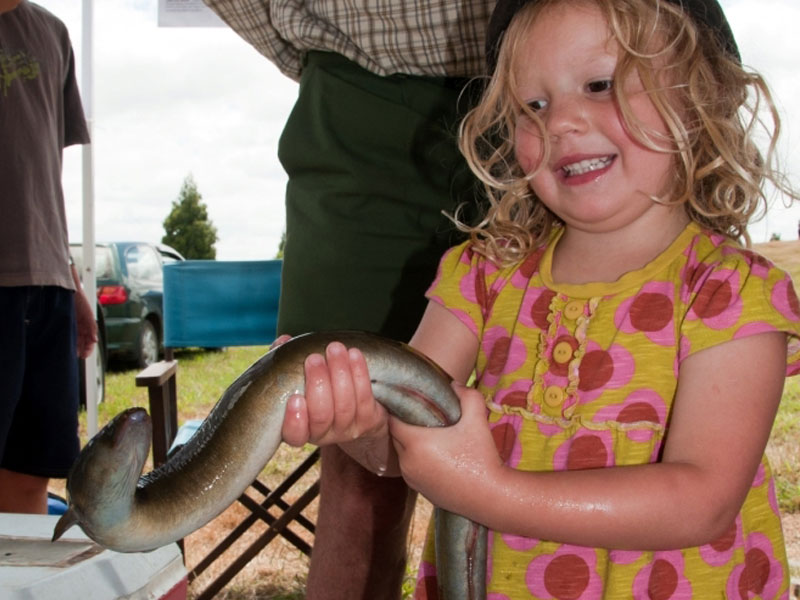
Education resources
Guide to running a wetland event prepared by the NWT for the Department of Conservation (DoC) has tips on planning your event, along with activity ideas.
Wet feet is a curriculum linked teaching resource for fresh water, wetlands, dune lakes, streams and rivers.
Waihola Waipori Wetlands is an environmental education resource kit for use in the Sinclair Wetlands (Te Nohoaka o Tukiauau)
Marine Watch Estuary Survey developing knowledge about the marine environment through observation, experience, surveying and monitoring
Harbours, bays and estuaries teaching resource here you can learn about cockles, snapper and whitebait (galaxiids), just some of the fascinating fish and shellfish that depend on New Zealand’s estuaries
River life is a teaching resource exploring the ecology is a teaching resource explore the ecology of braided rivers in the Mackenzie Basin
Up the creek is a teaching resource: join Dion, Rick, and Ani on a trip up the creek to learn how fresh water supports life.
Whitebait Connection is an action based educational resource.
Wetlands for Education in the West Coast Tai Poutini Conservancy, here students can discover the different types of wetlands including bogs, pakihis, swamps, lakes, rivers, lagoons and estuaries. It is not site-specific but does focus on West Coast wetlands.
Otauria Wetland is a series of short video clips on native species, many related to wetlands.
Wonderful Wild Wetlands is an interactive educational game by Environment Canterbury, and Wetland EBox is an educational supplement for schools.
Waikato Wetlands is a field trip resource for teachers.
